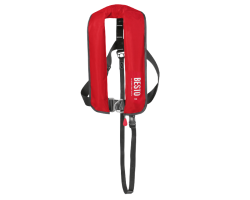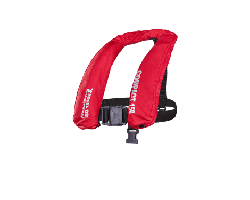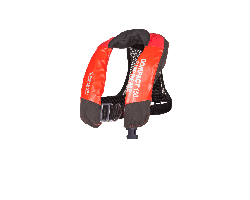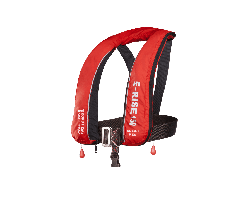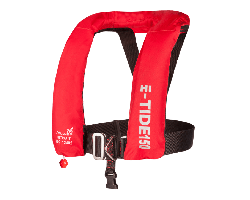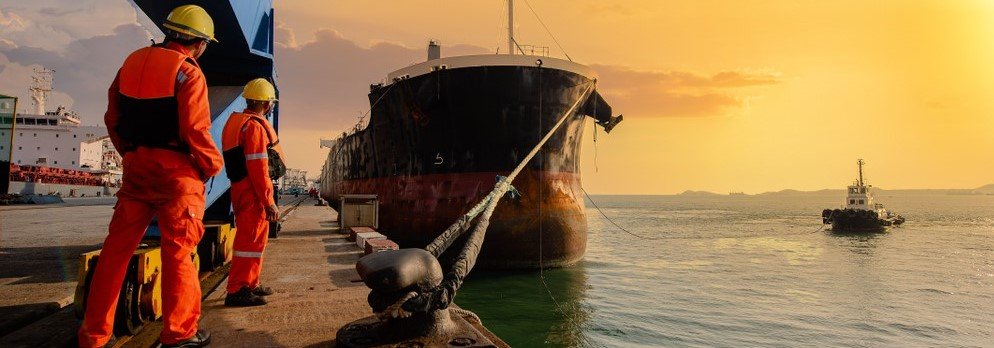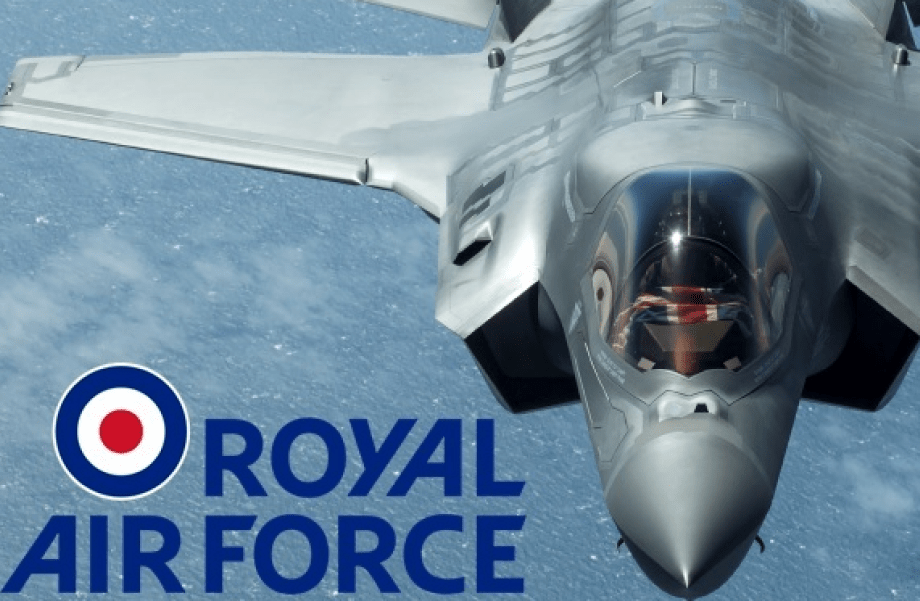Lifejacket vs Buoyancy Aid: Why You Need to Know the Difference
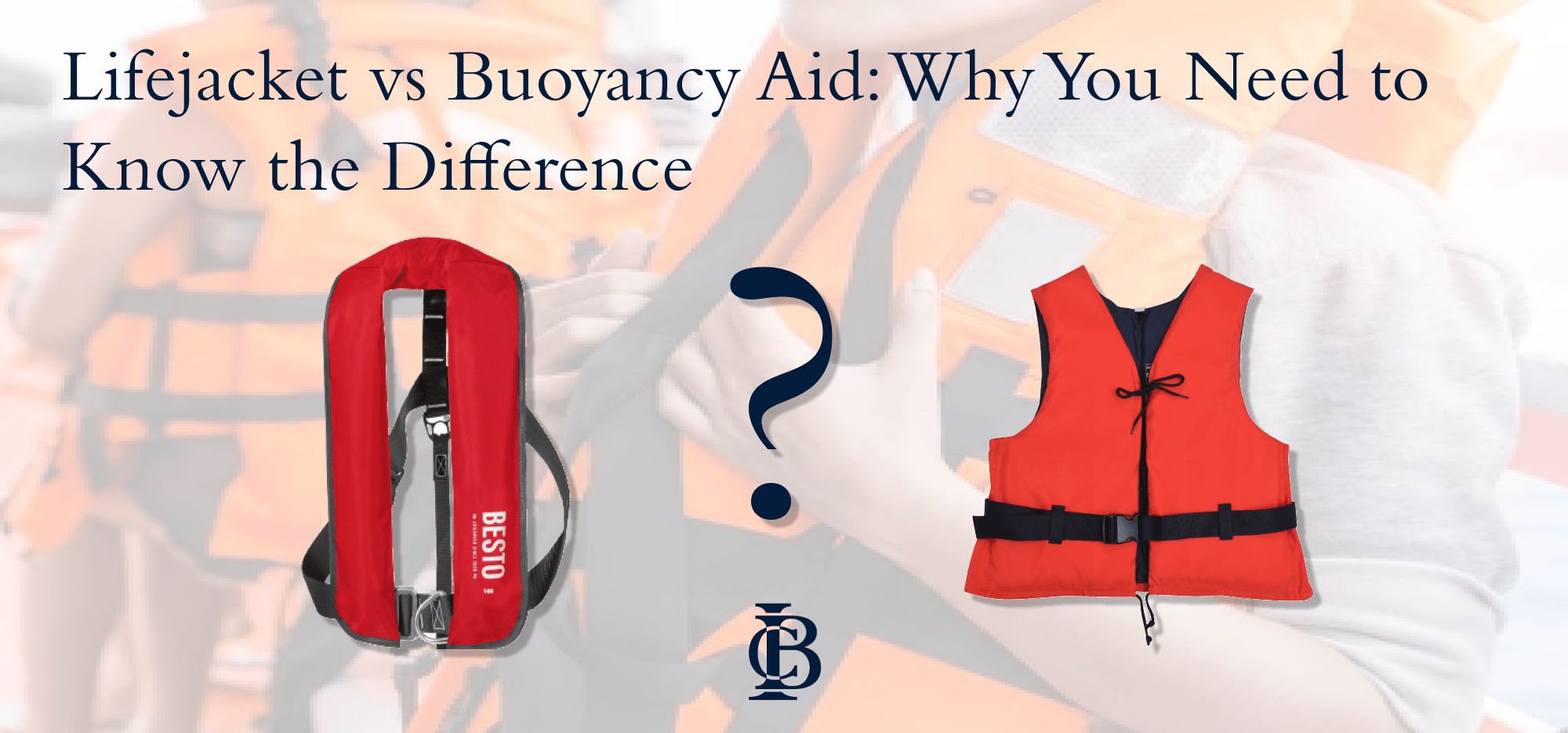
Newtons: the Importance of Buoyancy Levels
There are often misconceptions between life jackets and buoyancy aids, even though they both serve the purpose of keeping individuals afloat in water. However, there are significant differences between the two. Buoyancy aids help individuals stay on the water surface while treading water, whereas life jackets are specifically designed as lifesaving devices to fully support individuals in water.
While foam life jackets are commonly found on airplanes and cruise ships, most buoyancy aids are purchased from chandleries. For a foam product to qualify as a life jacket, it must provide a minimum of 150 Newtons of buoyancy and possess a full collar to support the head and neck — whilst also having the ability to flip an unconscious individual face down in the water. This is crucial for Maritime Safety PPE Standards.
On the other hand, buoyancy aids are designed to keep individuals afloat while treading water. However, 'buoyancy aids' typically only offer around 50 Newtons of inherent buoyancy. This means that they cannot be relied upon to flip an unconscious person over! Which is a crucial function of a classifed lifejacket. Moreover, buoyancy aids may not fully support the body of an individual in water, which is another important functionaility of a lifejacket's safety design — particularly in the case of professional and commerical applications, where a person may be wearing Maritime PPE like Anti-Exposure, Immersion, and Flotation Suits.
Lifejacket vs Buoyancy Aid: Difference in Design
While buoyancy aids are suitable for some water-based activities such as paddle-boarding, where individuals are continuously in and out of the water and within sight of the shoreline — and confident in their swimming abilities. On the other hand, lifejackets are the recommended option in situations where an individual may be at risk of being unconscious, or unable to tread water, ensuring their safety.
Life Jackets are specially designed to keep an individual's airways free of water, even if they are unconscious or injured, which is a crucial safety measure design, particularly for those who work within commercial or industrial sectors / applications offshore, or in marine environments. Lifejackets can turn the individual's body over and bring their face and head out of the water, safeguarding them even when they are unconscious. Furthermore, facial splash guards can also be included to shield an individual's face from sea spray and prevent them from inhaling water.
Case Study: Besto 165N Lifejacket
For example, take the Besto 165 Newton Auto Harness Lifejacket. This lifejacket is designed to be used in all weather conditions on open seas (making it an ideal model for leisure applications — and a good alternative if you are looking to upgrade from a regular buoynacy aid.
As according to the minimum specification, this lifejacket provides 165 Newtons of buyonacy (15 above the minimum lifejacket buoyancy level for lifejacket classification) for the wearer, and features collar support that shapes around the neck, providing you with addtional comfort when the lifejacket is inflated.
Key Features & Equipment Benefits of the Besto 165N Lifejacket
- Fits securely and comfortably. Due to the collar design, and soft outer material
- The collar straps firmly to the back of the lifejacket, safely supporting your neck when worn
- Automatic Inflation System
- An edge binding goes around the lifejacket bladder for a perfect finish
- Adjustable crotch strap, for the lifejacket to sit better on the torso — enchancing safety perfomance
- All Weather Cartridge
- Ideal for lesiure applications
- Colour: Black, Red, or Navy
165 Newton Lifejacket Technical Information:
- Buoyancy: 165 Newtons
- UML MK5 Inflator / United Moulders MK5
- 31g-33g CO2 Cylinder
- Size: Universal - 40+Kg
Approved by International Standards / Certifications:
- ISO 12402-3; 165N.
- Complies with MED 2014/90/EU as amended
- Maritiime PPE Standards:
EN 396 / EN ISO 12402-3: 150N Life Jackets - "Have a buoyancy of no less than 150 Newtons for the average adult. This level is intended for general application or for use with foul weather clothing".
As you can see from this lifejacket's manufacturing and design, it is a reliable, high-quality lifejacket with 165 Newtons of buoyancy. We would recommend this lifejacket model for keeping individuals safe, even in challenging water conditions, such as open water. In contrast, a buoyancy aid would not provide this level of safety.
Conclusion
Whilst buoyancy aids and life jackets may seem similar as they both help individuals stay afloat in water — there are significant differences between the two. Buoyancy Aids are designed to assist individuals in staying on the surface when treading water, offering only around 50 Newtons of inherent buoyancy. However, they cannot be relied upon to turn an unconscious individual over and may not fully support an individual's body in water.
On the other hand, life jackets are designed to fully support an individual in water, providing a minimum of 150 Newtons of buoyancy, a full collar to support the head and neck, and the ability to right an unconscious individual face down in the water. They are specifically designed to ensure an individual's airways remain clear of water, even in the case of unconsciousness or injury, and can turn an individual's body over and bring their head and face out of the water.
Therefore, it is essential that you consider the activity, circumstances, and indivudual ability when deciding on which the life jacket or buoyancy aid will be used. Remember to choose the appropriate device accordingly to ensure maximum safety and protection in the water.






